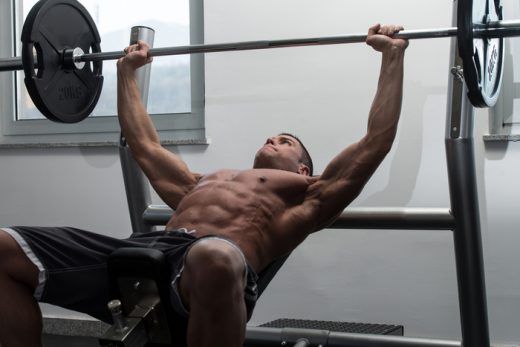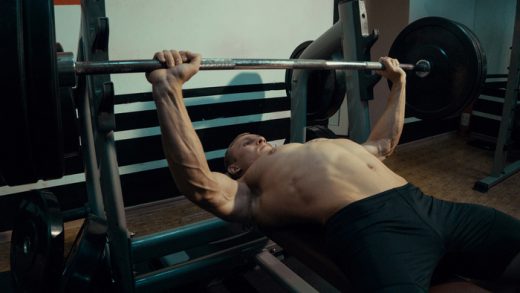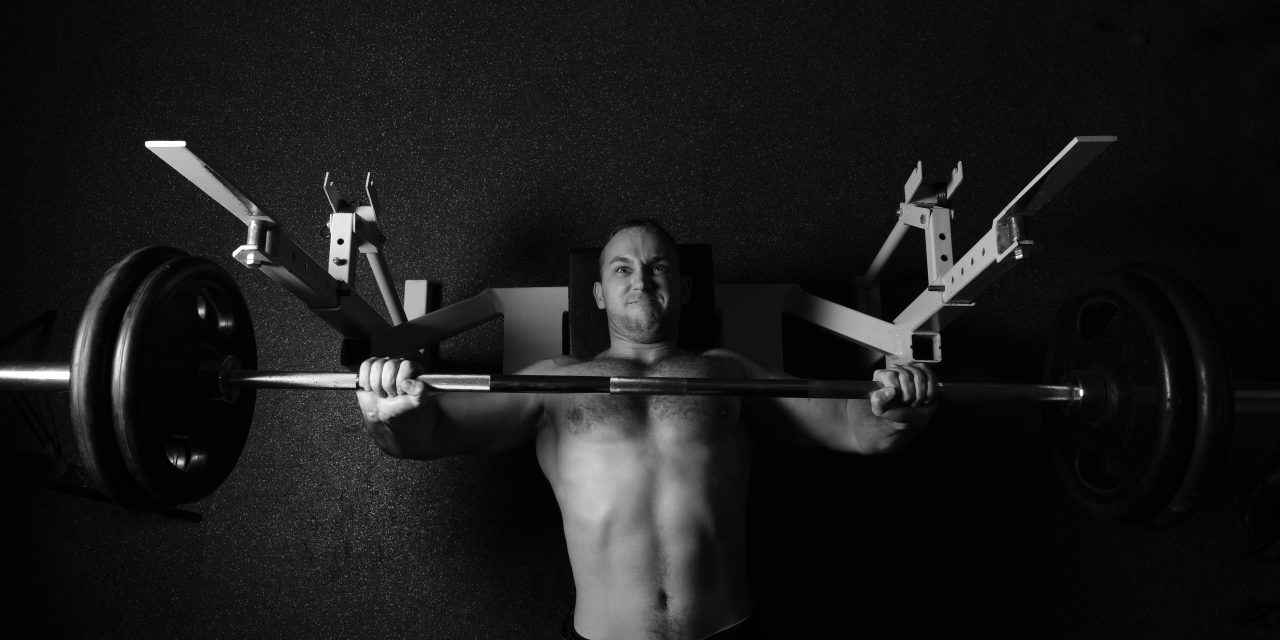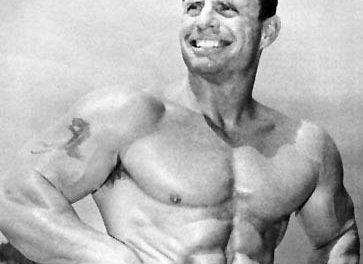I trained alone.
I had no training partners nearly all of my years in the gym aside from high school and college and most of the top lifters I talk to about my ‘sub-par’ bench press performance agrees that lifting solo is the one variable that held me back the most.
Listen, if you’re ‘mentally’ holding back because you don’t have a spotter, this may be your issue too. Gaining strength on the bench press is MUCH harder without the support of a good spotter whose responsibility it is to NOT let you get buried by the weight.

All in all, I never really fretted over my performance in the bench press. I worked with moderate loads for more reps (6-8) to avoid serious injury and frankly I was very happy with my physique and overall development.
Unless we are in the forest and a tree falls on us or we are doing some work under a car and the jack fails, most of our day to day situations require use of the thigh and the back strength most exclusively. Also, the rotator cuffs are compromised somewhat when doing the bench press which is why a ton of heavy benchers have awful shoulders years down the line.
Having said that, I am aware of the value that the bench plays in sports disciplines such as Powerlifting, Football and a few other select applications.
I should also mention that in the bodybuilding communities over in Europe the bench press isn’t as big of a deal as it is here in the U.S.A. I am only sharing these comments as my personal observations and not as an excuse to not perform better in the bench press.
In fact, I have searched out every imaginable bench press program in existence as a means to “up my bench” and of course The Critical Bench Program 2.0 is at the top of my list. But one of my favorites that is much simpler is the 6 Week Power Bench Program that a bodybuilder named John Robbins used to blast his bench-pressing strength and those of others into new growth.

The program involves a two-day, 3-sequence (A, B, C) training method. Here’s how.…
The intensity threshold of the Robbins 6 Week Power Bench Press Program requires only two workouts per week, usually on Mondays and Thursdays to avoid the overtraining syndrome.
The first training day consists of workout “A” in which your stress loads for your “barometer” one rep sets consists of working with 95% of your current maximum single effort (MSE).
Assuming that you are a natural non-anabolic steroid-free lifter who has a hypothetical 300-pound max bench press, your workout will appear as follows:
Workout A
135 (45%)/10 reps, 185 (62%)/5 reps, 225 (75%)/3 reps, 255 (85%)/2 reps, and 285 (95%)/4 non-consecutive single reps.
The second training day of week number one consists of workout “B” where you will use 85% of maximum (300 pounds) for three triple rep “barometer” strength building sets.
Workout B
135 (45%)/10 reps, 185 (62%)/5 reps, 225 (75%)/3 reps, and 255 (85%) for 3 sets of 3 reps.
Workout “C” is the third training sequence and requires you to use 75% of your critical threshold 300-pound maximum for two to three five-rep sets.
Workout C
135 (45%)/10 reps,185 (62%)/reps and 225 (75%) for 3 sets of 5 reps.

A brief overview of this program would show that on the first week you are doing workout A on Monday, workout B on Thursday, and workout C on Monday at the beginning of the second week.
Workout A is on Thursday and workout B on the following Monday of week number three and C on Thursday. Workout A begins on a Monday again in week number four, cycling through as explained above where you end with workout C on Friday of the sixth and final week of this program.
To maintain a systematic strength progression in this 3-program training approach, it is necessary that you strive to add five pounds over your previous training “barometer” one rep (workout A), or multiple rep strength building sets (workouts B and C) each and every workout if possible.
At the conclusion of the six week cycle you will accomplish approximately a 6-8% strength gain in the “barometer” sets of programs A, B, and C. From here you can test for a new maximum single effort (MSE) and after taking a one-week layoff of active rest, begin a new 6-week cycle.
Remember, a disadvantaged bench press is not an inherited trait. Consistent HARD WORK and a good spotter can overcome a poor bench press!







Thank you for publishing this fantastic article.
I’ve been reading for a while however I’ve never been compelled
to leave a comment. I’ve bookmarked your website and shared this on my Twitter.
Many thanks again for a quality article!